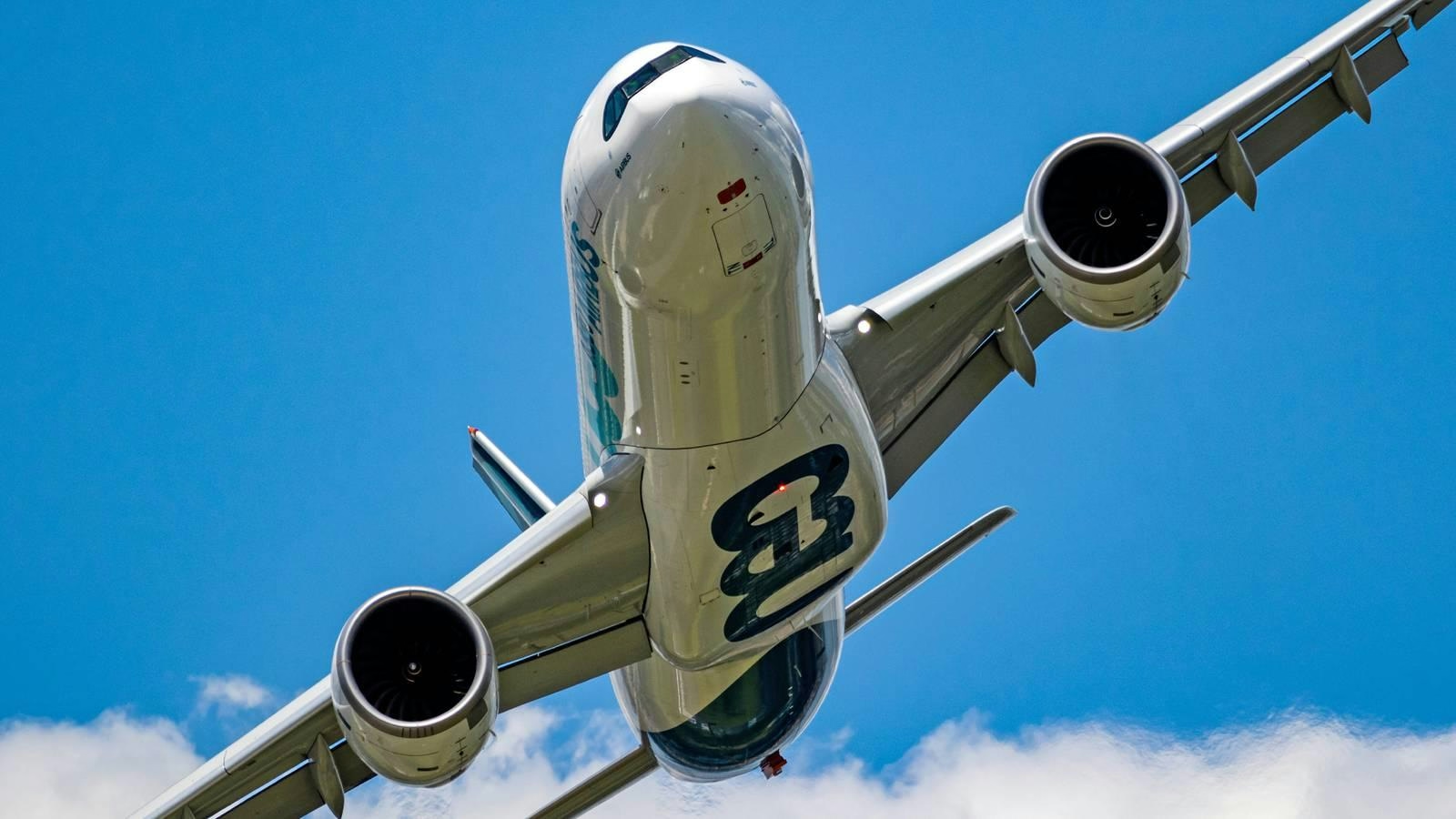
AeroGenie — ваш интеллектуальный второй пилот.
В тренде
Categories
F-35 Engine Delays Prompt Concerns Over Production Schedule
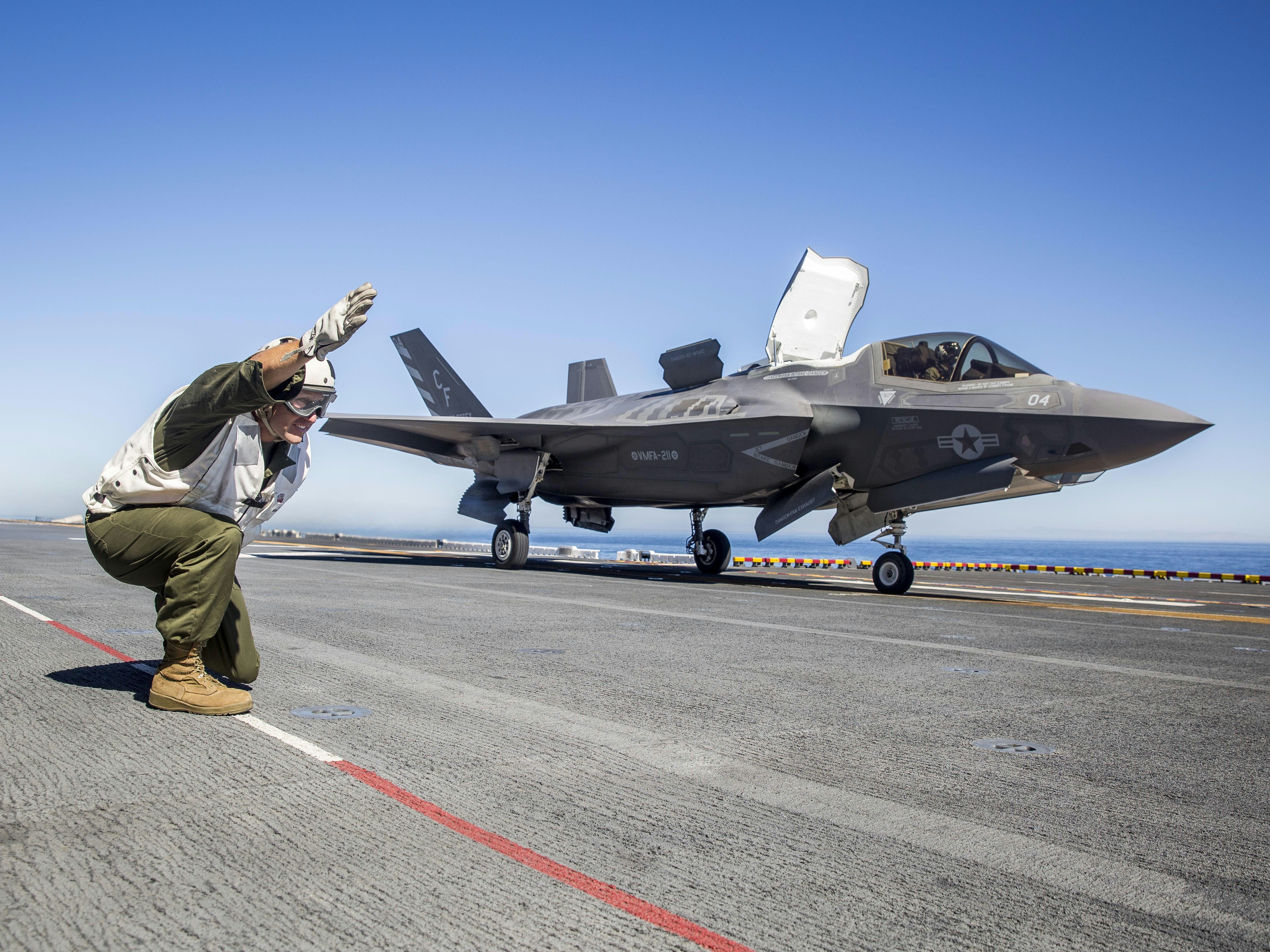
F-35 Engine Delays Prompt Concerns Over Production Schedule
Production Setbacks and Contractual Implications
The Pentagon’s F-35 program is confronting renewed delays in the delivery of Pratt & Whitney’s F135 engines, raising concerns about the overall production timeline shortly after a $24.3 billion contract was awarded to Lockheed Martin for 296 new F-35 aircraft. The F-35 Joint Program Office (JPO) has confirmed that contracts for Lots 18 and 19 of the F135 engine will not be finalized until spring 2026, approximately six months later than initially planned. This postponement affects hundreds of engines intended for the upcoming batch of F-35s destined for both U.S. and allied forces.
The F135 engine, manufactured by Pratt & Whitney—a subsidiary of RTX—powers all three variants of the F-35: the conventional F-35A, the short-takeoff and vertical-landing F-35B, and the carrier-capable F-35C. The delay follows the recent contract announcement, with deliveries scheduled to commence in 2026 at Lockheed Martin’s assembly facility in Fort Worth, Texas. Although the JPO has not explicitly stated whether these engine delays will impact the overall delivery of F-35 aircraft, any disruption in engine availability could potentially slow the final assembly process.
Supply Chain Challenges and Industry Response
A recent report by the U.S. Government Accountability Office highlighted that all 123 F135 engines delivered in 2024 arrived behind schedule, with an average delay of 238 days. The report also scrutinized the incentive-fee structure that permits Pratt & Whitney to receive partial payments despite missing delivery deadlines. The company’s manufacturing network is under considerable strain due to ongoing supply chain disruptions, rising costs, and workforce shortages. These challenges have been compounded by RTX’s concurrent recall of its geared turbofan engines used in commercial airliners.
These production difficulties have attracted increased scrutiny from international partners and market analysts, raising questions about the reliability and sustainability of the F-35 program. As global competitors such as Russia accelerate their own engine development programs, the United States faces mounting pressure to preserve its technological edge. In response, Pratt & Whitney is advancing its Engine Core Upgrade (ECU) and XA103 engine initiatives. However, the ECU program itself has encountered setbacks, recently missing a critical design review milestone.
International and Strategic Implications
The delays in F-35 engine production occur at a sensitive juncture for U.S. defense cooperation, particularly with key partners like India. Existing diplomatic tensions have already tested defense relationships, and further setbacks in F-35 deliveries risk complicating ongoing collaboration. Meanwhile, the United Kingdom is exploring interim standoff weapons for its F-35 fleet due to delays in integrating advanced missile systems, illustrating the broader operational ripple effects stemming from engine production issues.
Despite these challenges, the JPO has reported no safety or design defects in the F135 engine, attributing delays primarily to production slowdowns and parts shortages rather than technical faults. The engine has powered the F-35 since its maiden flight in 2006 and has accumulated over 1.7 million flight hours. In June, the Pentagon reaffirmed its commitment to the F135, opting to upgrade the existing engine rather than transition to a new adaptive-cycle design proposed by GE Aerospace. This decision was made to minimize costs and avoid disruption to the program.
As the F-35 Lightning II remains the world’s largest and most complex weapons program, the latest engine delays highlight the persistent challenges of sustaining production and international defense cooperation amid an evolving global security environment.
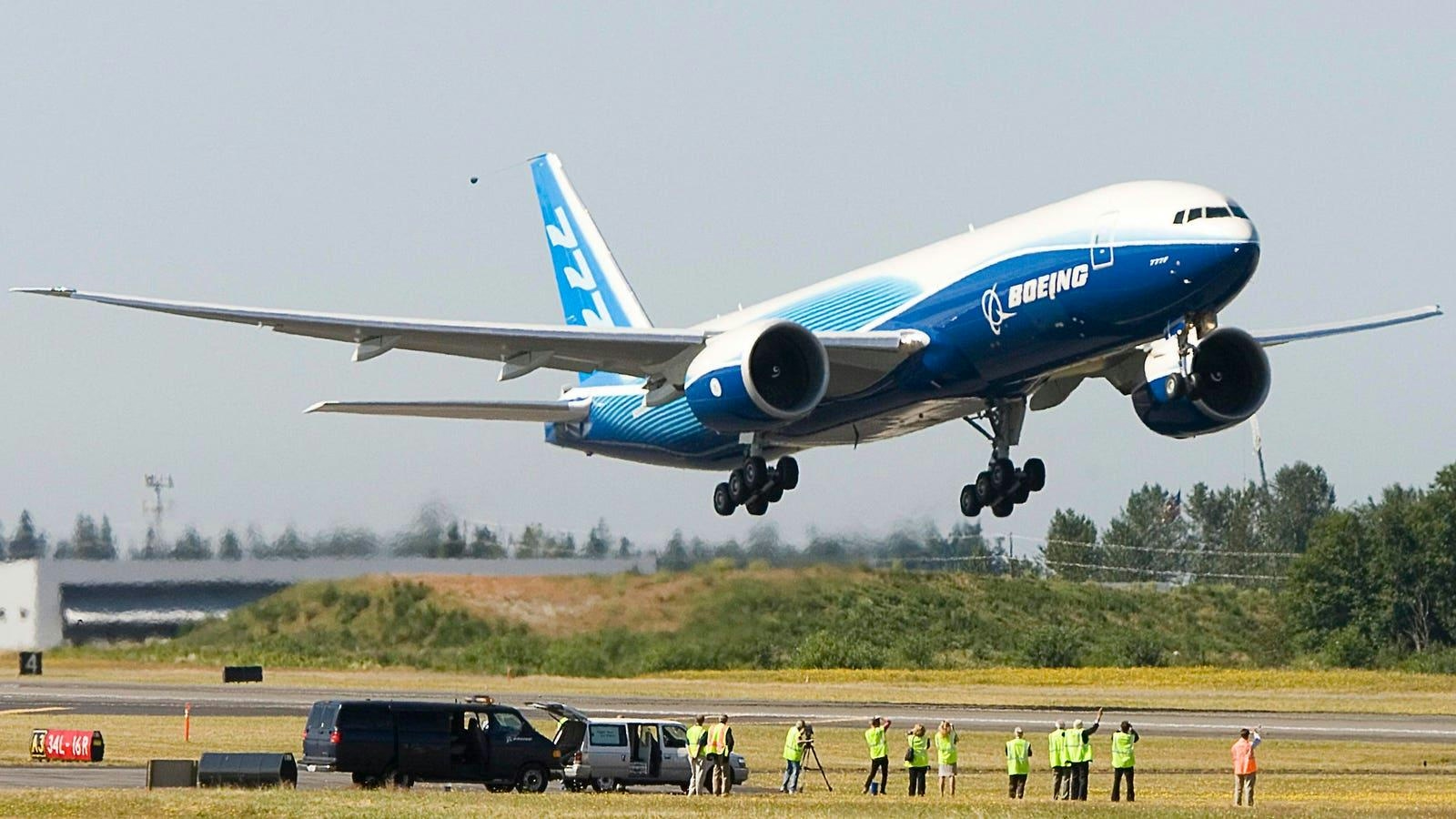
New Aircraft to Succeed the Boeing 777-200LR
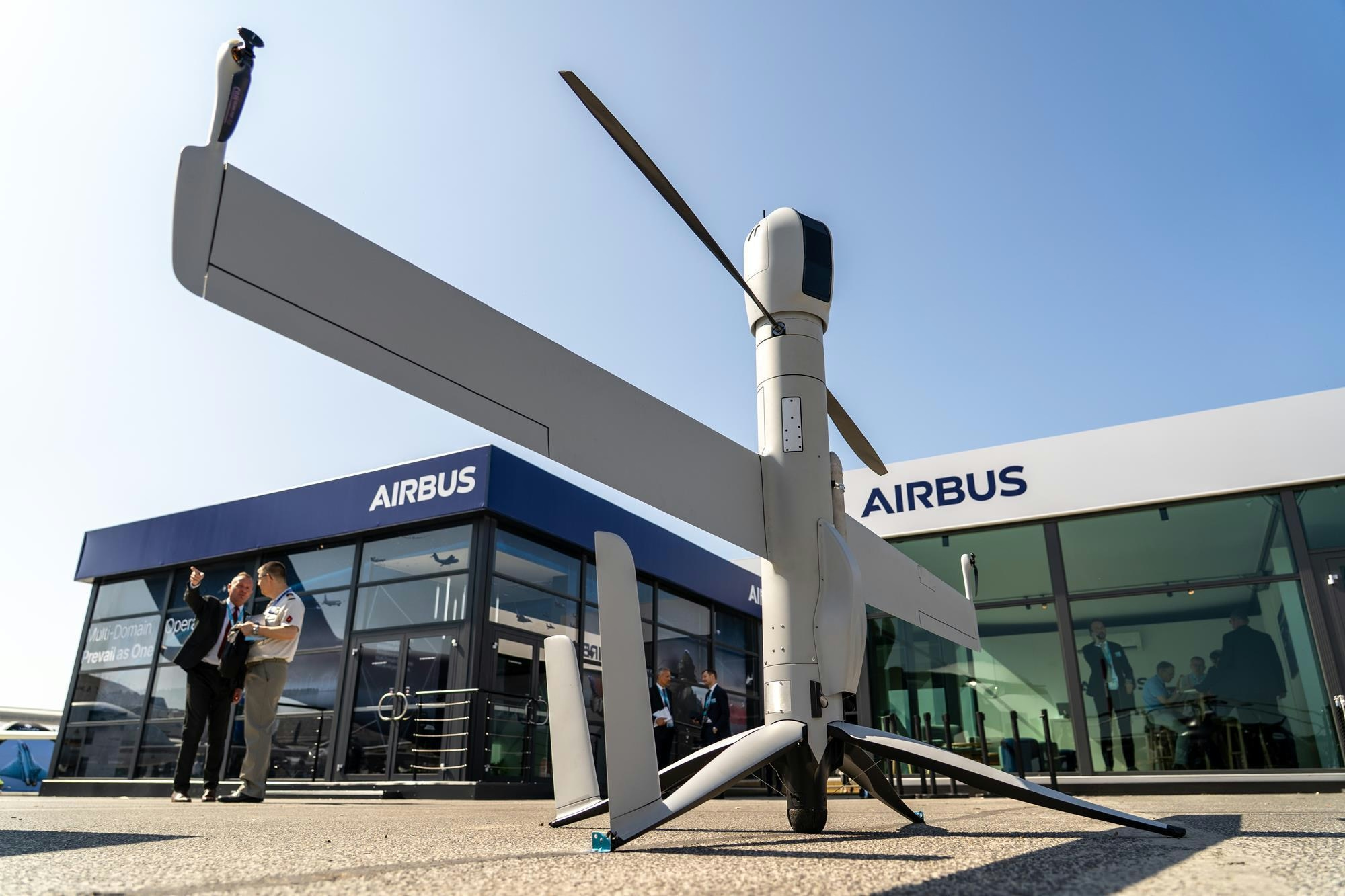
Uzbekistan Becomes First in Central Asia to Order Airbus Flexrotor Drones
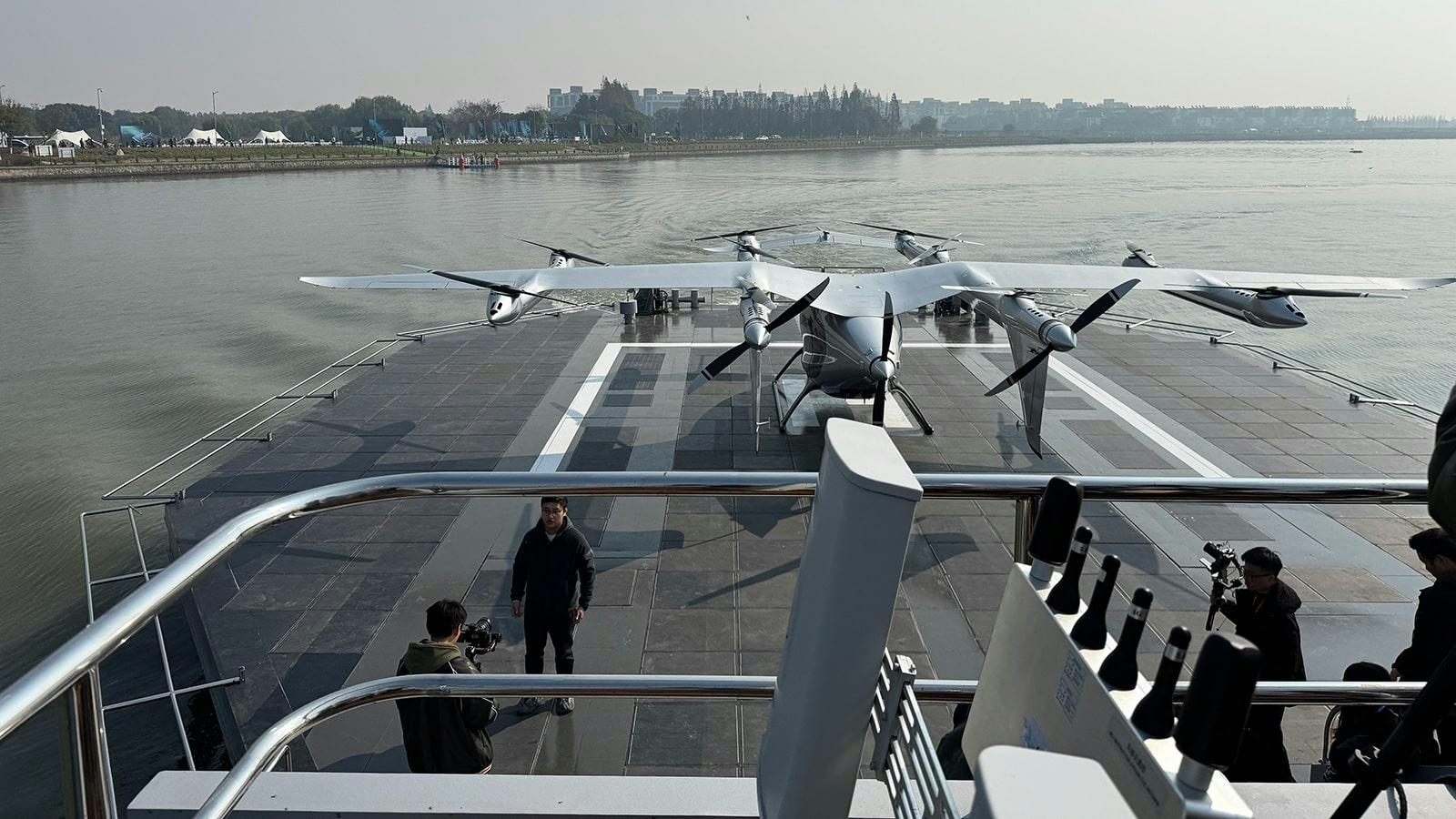
AutoFlight Unveils Zero-Carbon eVTOL Water Vertiport

SmallRig Partners with Photographer Chen Cheng to Advance Aerial Imaging
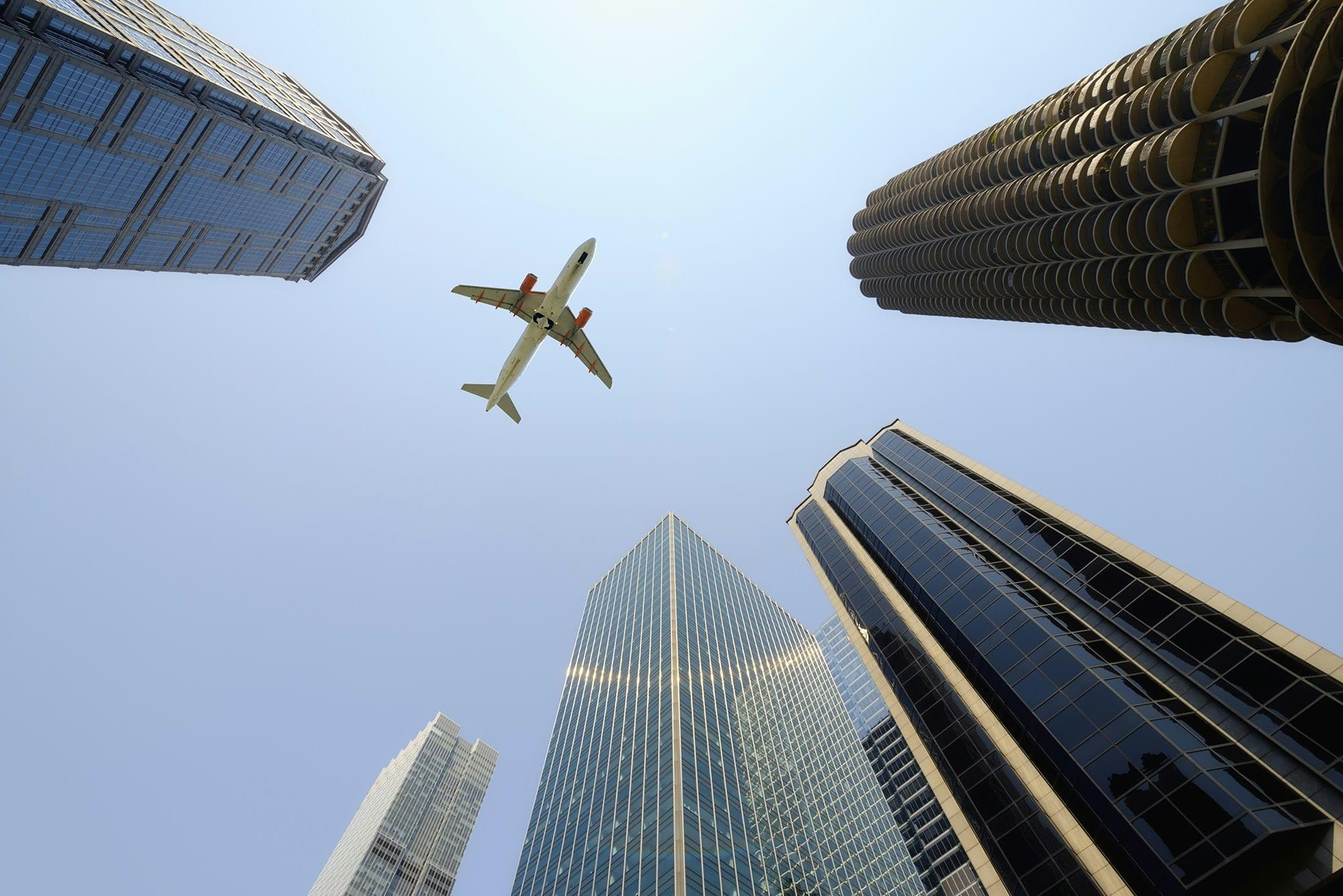
Aviation Lease Rates Hit Record High
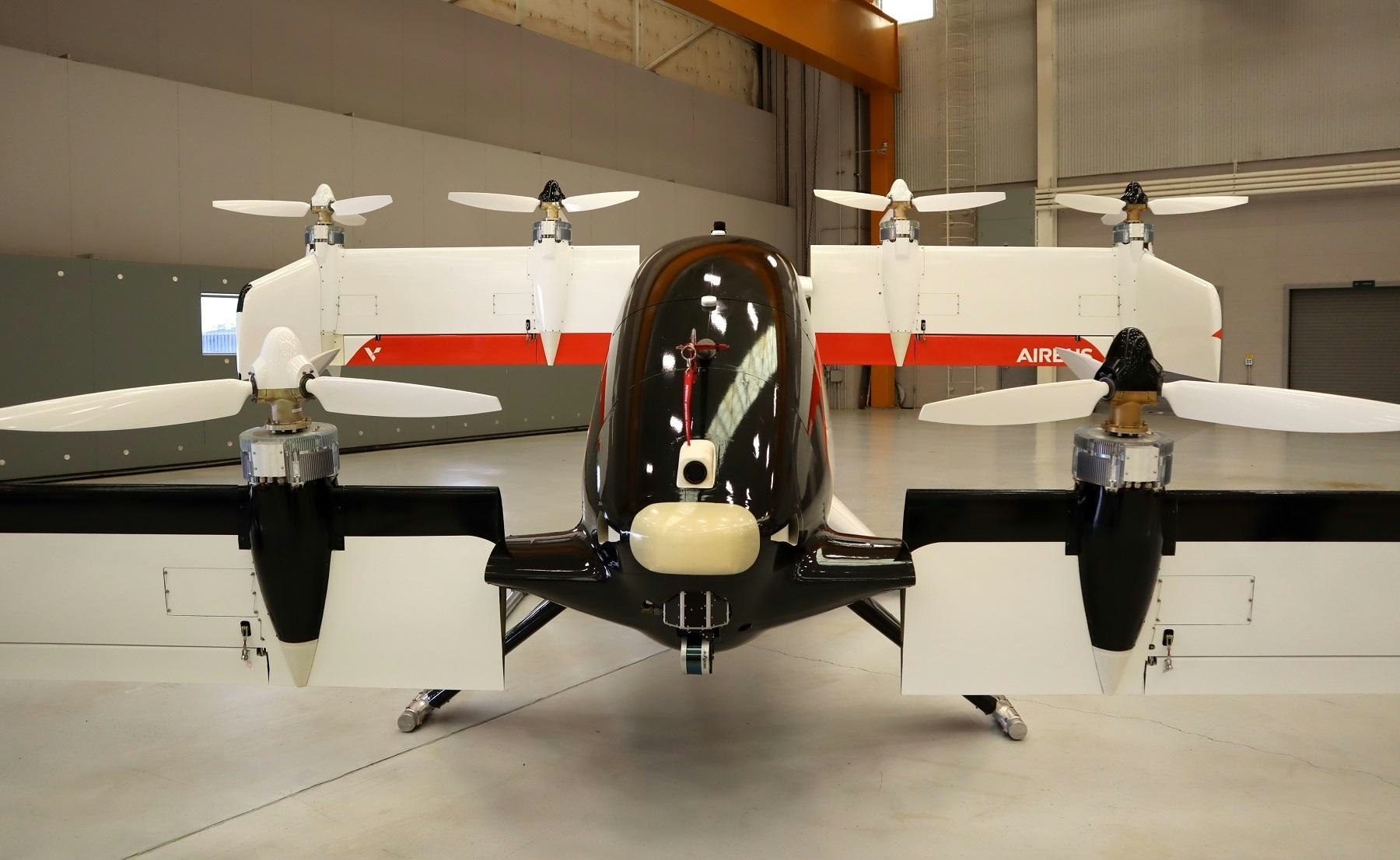
Inside a Four-Seater Flying Taxi Designed for Future Pilotless Flights
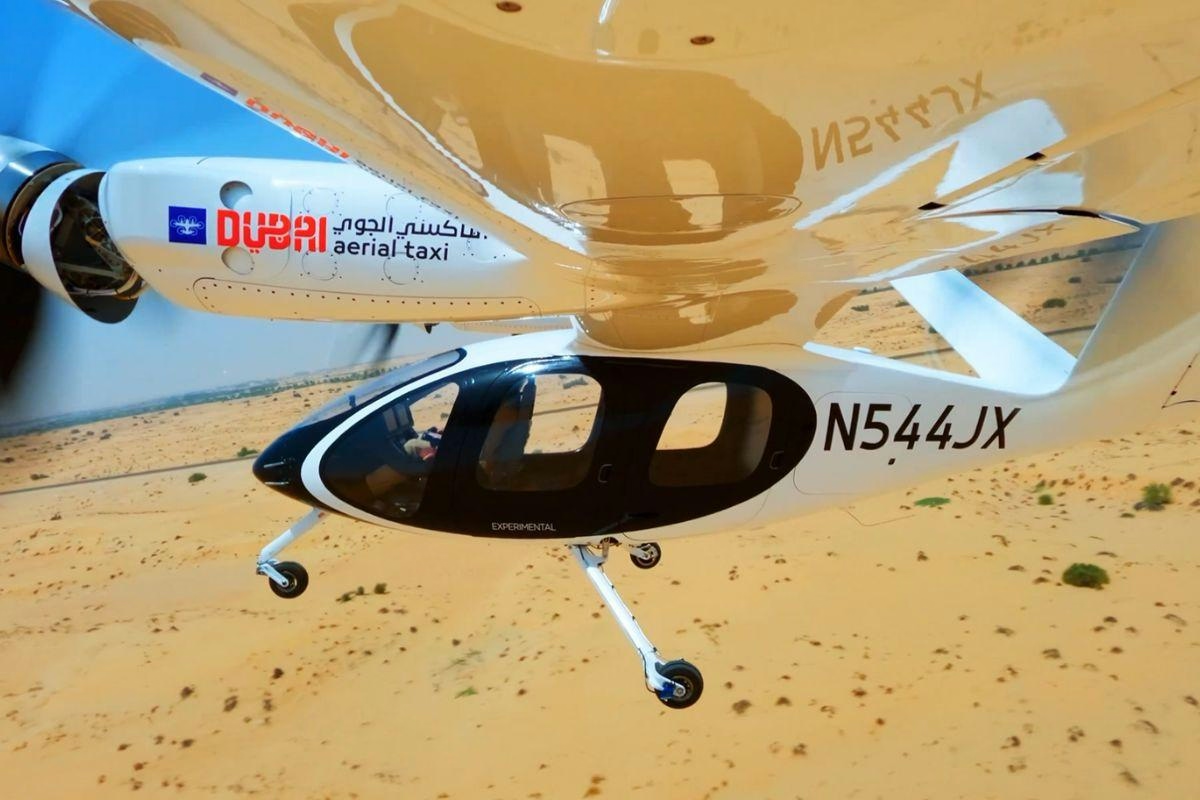
Dubai Prioritizes Public Safety Ahead of 2026 Air Taxi Launch
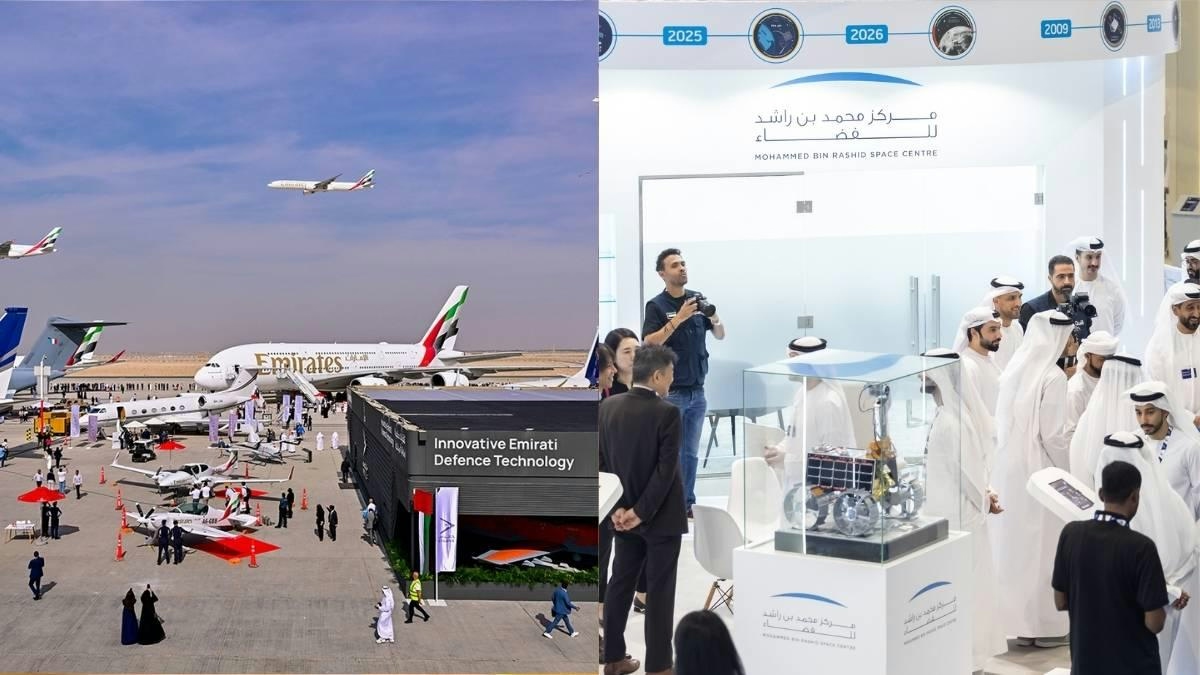
Emirates Airlines Unveils Major Initiatives at Dubai Airshow
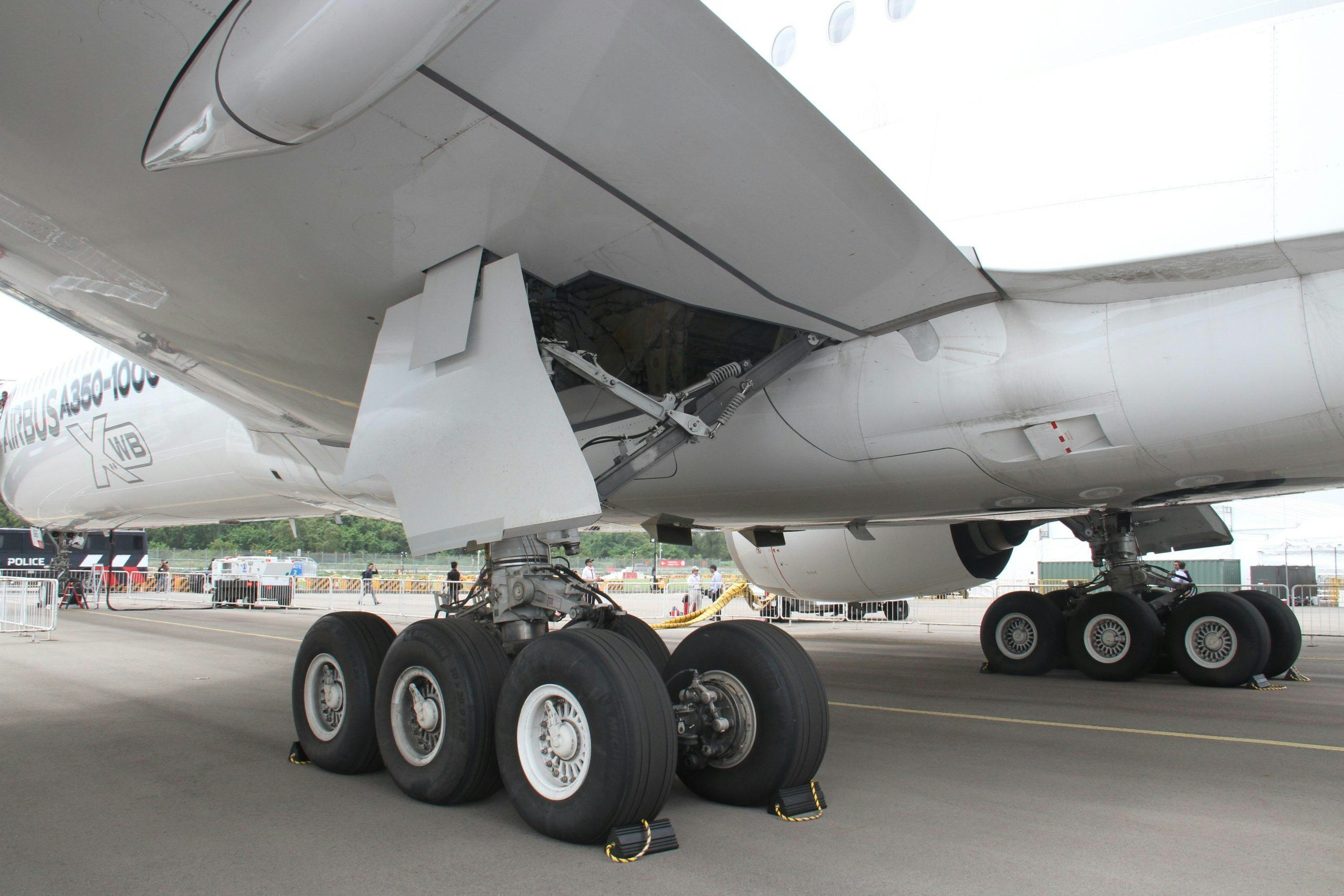
Why Airbus Markets the A350 as a Long-Range Leader
